The Church in D&D
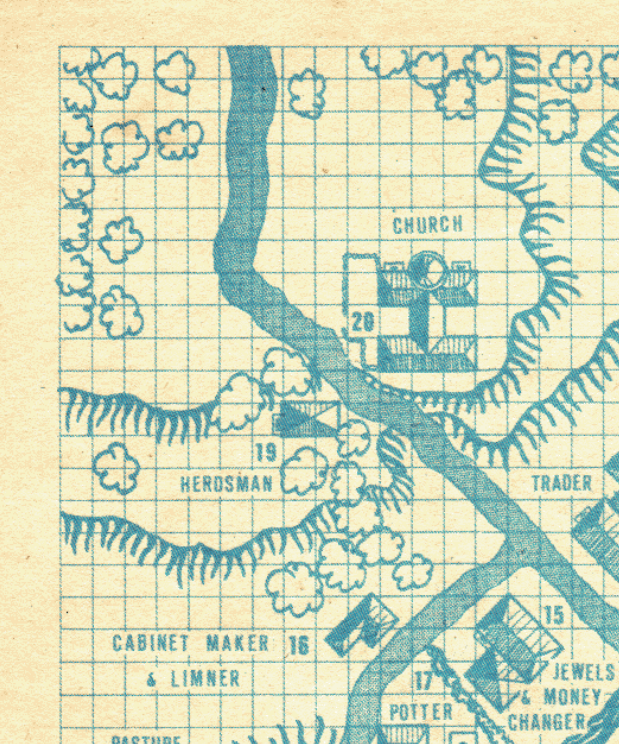
Hommlet has a Church
After this morning’s post on Clerics in Fantastic Literature, I said that I wanted to follow up on the implied Church in Dungeons and Dragons.
This will of course be interpretive and subjective, but I think there is something really interesting here. In particular, I think once you examine the unexplained but crucial context within which the game was invented, lots of things fall into place.
First of those pieces of context is the pre-D&D adventure stories that are listed in Appendix N. I’ve found those stories startlingly Christian in comparison to what I was used to reading. Here is a place where others differ, as explained in this morning’s post, but after I put it up I got further suggestions for cleric like characters in the works of Appendix N.
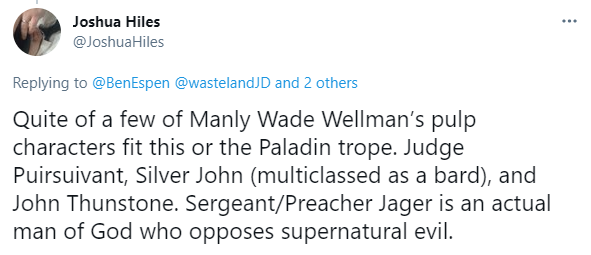
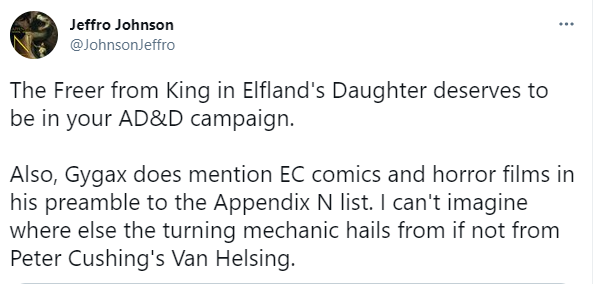
The Freer from The King of Elfland’s Daughter [Amazon link] by Lord Dunsany and several of Manly Wade Hellman’s characters were suggested. This all makes sense to me, as the genre of fantastical adventures has roots that go back to the chansons de geste and further. Paladins and holy men who go to war are just a part of it, even if the current moment has tried to forget this.
The second piece is that D&D grew out of miniature wargaming in the mid seventies, which was mostly about medieval and later Europe. Medieval Europe is also called Christendom, as nothing in medieval Europe makes sense without reference to Christ and his Church.
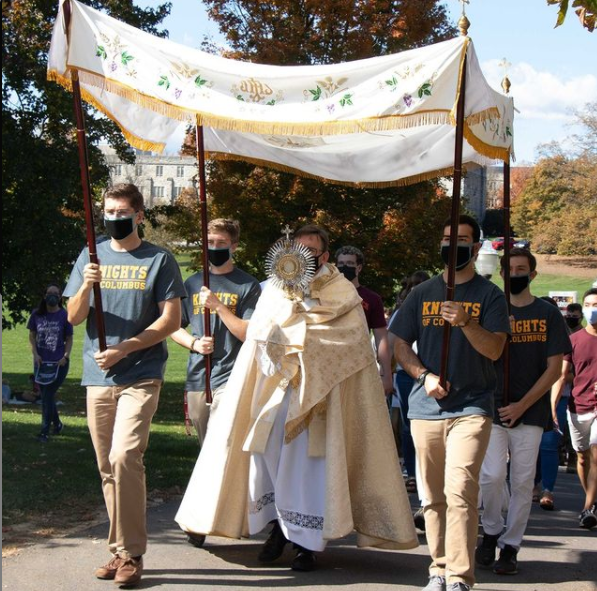
Feast of Corpus Christi
A third piece actually comes from the comments on some of the blog posts I linked this morning, so I’ll copy in the really interesting bits here. Arneson and Gygax just had Churches in their campaigns, even though neither of them were Catholics to the best of my knowledge.
Reverance Pavane December 23, 2008 at 8:07 PM
IIRC in the Blackmoor game the established church was The Church of the Facts of Life (which preached the Doctrines of Wishy-Washiness and met sin "with a great Tsk-Tsking all around." In effect it functioned in entirely the same manner as the medieval Christian church, but without the implicit impiety of making religion into a game.
[IIRC there was no Adversary or such-like, although there were a number of evil cults and such (hence the idea of the Evil High Priest rather than Anti-Patriarch).
There was little in the way of metaphysical arguments or conflict. Any acts of conflict where entirely earthly in nature.]
Joseph December 23, 2008 at 9:50 PM
Bear in mind, too, that many if not most of the cleric spells (and some magic items) have their basis in either Biblical miracles or in the tales of the Saints' lives. Create food and water, all the various healings, sticks to snakes...
On the other hand, in the original Greyhawk campaign, we are told that there were two chief Lawful churches, rivals of one another. They eventually morphed into the faiths of Pholtus and St. Cuthbert, but there was apparently much good-natured fun in such things as "O Blinding Light" being the theme song of one of them.
and finally Delta, who really brings it home
Delta December 24, 2008 at 1:49 AM
Excellent post, and I could not agree more strongly. Similar to my blog post from last year here:
http://deltasdnd.blogspot.com/2007/03/class-trouble-ii-clerics.html
I think I experienced this more as a contradiction, and therefore more psychic pain, the you apparently did. Having started when AD&D was already out, I already had things like Supplement IV and Deities & Demigods, with EGG claiming in the preface that it was integral to the work of AD&D.
So having a Cleric class with Catholic-style level titles and Biblical spells, but no Church and only lists of pagan gods, confused the heck out of me for 2 decades.
It took finally accessing OD&D in early 2007 to see this origin that you're talking about, and finally see the originally Crusader priest that later evolved into paganism.
But it still never fit well, and I feel all the way through AD&D there was a fissure between the trappings/powers and the presumed society/context that I could never resolve in either direction. It was at odds with every pulp/fantasy piece of literature I could think of. It even always brought my world-building attempts to a grinding halt (see linked blog).
The one thing I can see in OD&D is the assumption of a medieval European Crusading priest (Vol. 1), who happens to delve into areas with a lot of surviving lost Classical Greek monsters (Vol. 2). But that's not like any of the published D&D campaign settings, nor any fantasy world I can think of, so for me the D&D cleric really has to go.
So yes, of course you need a Church in D&D. The structure of the game and the settings presuppose it. Even people who don’t like this conclusion can see it. Rick Stump, who has been playing D&D for a very long, explains it very well. He put a Church in his campaign before he was even Catholic. In practice, for everyone who isn’t as steeped in history and Catholic theology as Rick Stump, such were and are probably often Hollywood/pop culture pastiches of the Body of Christ.
I suspect Delta, and many others, were mislead by Gygax’s introduction to Deities & Demigods, as Maliszewski recounts here:
DEITIES & DEMIGODS is an indispensable part of the whole of AD&D. Do not fall into the error of regarding it as a supplement. It is integral to Dungeon Mastering a true AD&D campaign. Experienced players will immediately concur with this evaluation, for they already know how important alignment is, how necessary the deity is to the cleric, and how interaction of the various alignments depends upon the entities which lead them. Those readers not well-grounded in ongoing campaigns must take my word for all this, although they will soon discover for themselves how crucial the deities of the campaign milieu are.
Deities & Demigods runs right counter to the whole setup of the game, and all the wailing and gnashing of teeth about clerics and the Church that followed came from not knowing when to ignore Gygax. You really can discover the ur-D&D in the rules, but it requires the judgment to see what is central and what is not.
I have some theories about that, but they are just that. Especially about the difference between not particularly-liked TSR Gary and the beloved long-running GM Gary.
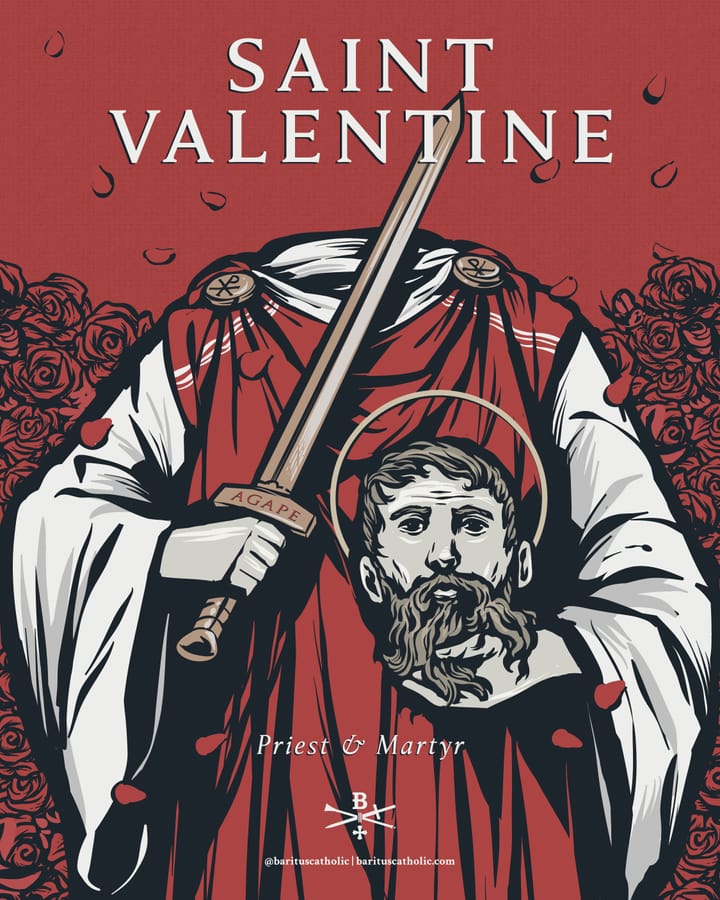

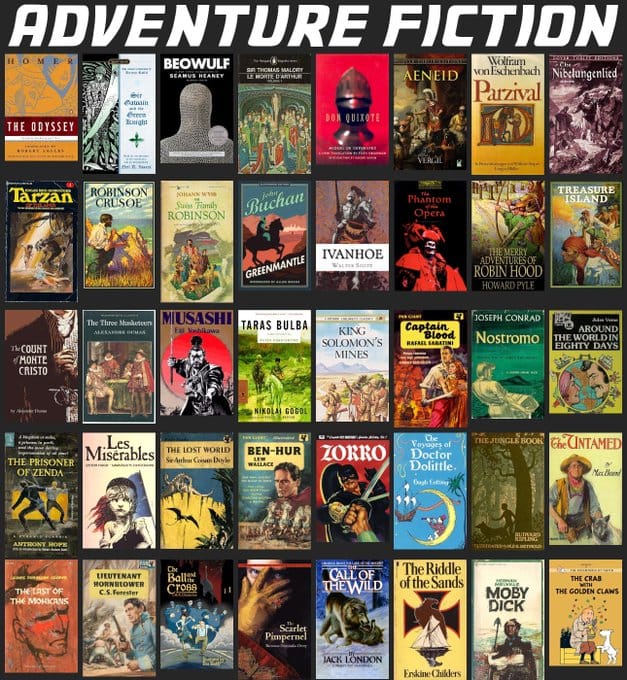
Comments ()